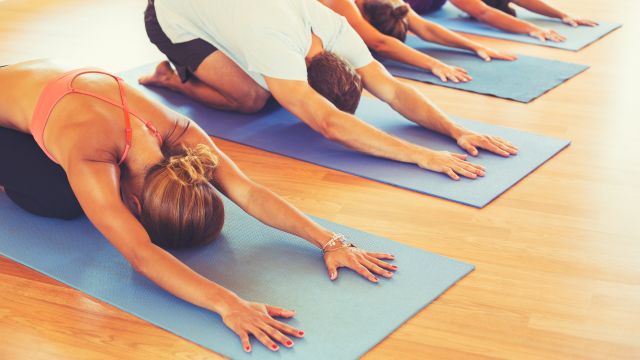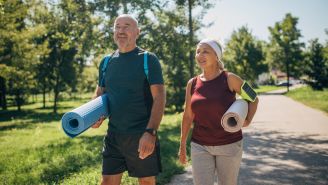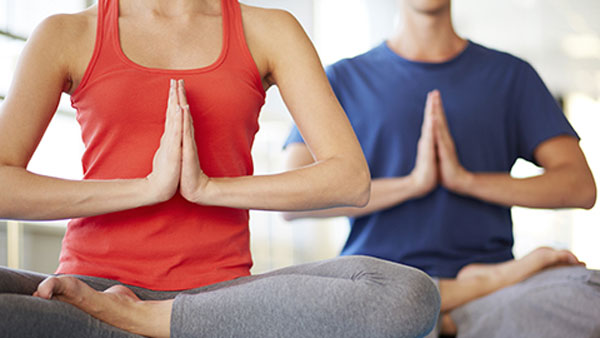Last week I marched. I marched with thousands of others who also felt it was important to raise our voices in peaceful unification. No one expected it to be so big. The women just kept coming. Together we lifted each other up and inspired and held each other. We listened to each other’s stories and we told our own stories. We marched to stand up, to be heard, to be seen and to stand in our truth. Each with our own personal stories and convictions. We were all different but together.
The feeling of love and the spirit of community stayed with me for days. We all know that feeling of support when we stand together. When we join together we feel the strength and inspiration of others. This feeling of community and support are also an important part of the healing process. In his research, Dr. Dean Ornish found that love, support and community are key to reversing heart disease when practiced in combination with the other three pillars of Ornish Lifestyle Medicine: nutrition, stress management and fitness.
Your yoga practice can enhance love and connection. Swami Satchitanada, an enlightened teacher, once said “I = illness and we =wellness” when he was trying to demonstrate the importance of community in improving our health and wellbeing.
What is the importance of we-ness? Dr. Larry Scherwitz, a social psychologist, and his associates at the Medical Research Institute of San Francisco reviewed dozens of interview tapes of people with coronary artery disease. They were struck by the number of times coronary-prone individuals made reference to themselves, using the words “I, me, mine, myself.” They found that the degree of arterial narrowing and the number of previous heart attacks were both predicted by the number of self-references people made during the structured interview. The research team speculated that self-involvement underlies coronary prone behaviors. Those who use more inclusive language like “we, ours, and us” didn’t show the same negative findings.
Community Yoga
A sense of “we ness” is important when you want to stay adherent to your goals of health and healing. In yoga, we call coming together to learn and study as a group, Satsang. In Hindu, Sat means truth and Sang means community or gathering. This gathering of like-minded individuals is said to elevate our own consciousness and awareness.
Alone we often get caught up in our own thoughts, fears, judgments, and this can contract our hearts and overwhelm our minds with too much internal chatter. By connecting with others in Satsang, it opens our hearts and quiets our minds. Coming together helps to assuage our individual fears, judgments and obsessive thoughts and lean into the experience of the group, which takes us out of ourselves and helps to open our hearts.
Our ability to discriminate this higher truth is enhanced by our yoga practices, and our yoga practices are enhanced when we come together to learn in the company of other people.
How to Create Community and Satsang
1. Invite family members or friends to join you when you practice. This may mean using an audio or video practice. If they are just starting out, you may want to invite them to join you for the relaxation and meditation portion of your practices. They will surely enjoy the calm without needing any previous yoga experience.
2. Join a gentle yoga class in the community. Take one day or more to meet up with others who are practicing together. It may be just what you need to help you find new bonds and relationships with those who share your health and wellness goals.
3. Find a Meditation Group or Class. There are all kinds of meditation groups that are forming across the country with several to choose from in bigger cities. This can give you support and encouragement from like-minded meditators. If it’s a class, there is an opportunity to learn from those who have practiced for a long time. Asking questions and hearing about the experiences of others can elevate your own practice.
When we practice with others we give our energy and support to the group. When we are struggling the group is there to lift us up and carry us until we can land safely back on our own feet.
To learn more about enhancing our connections with others and the healing power of connection, read The Neuroscience of “We.”
This article was originally published on Ornish Living.






